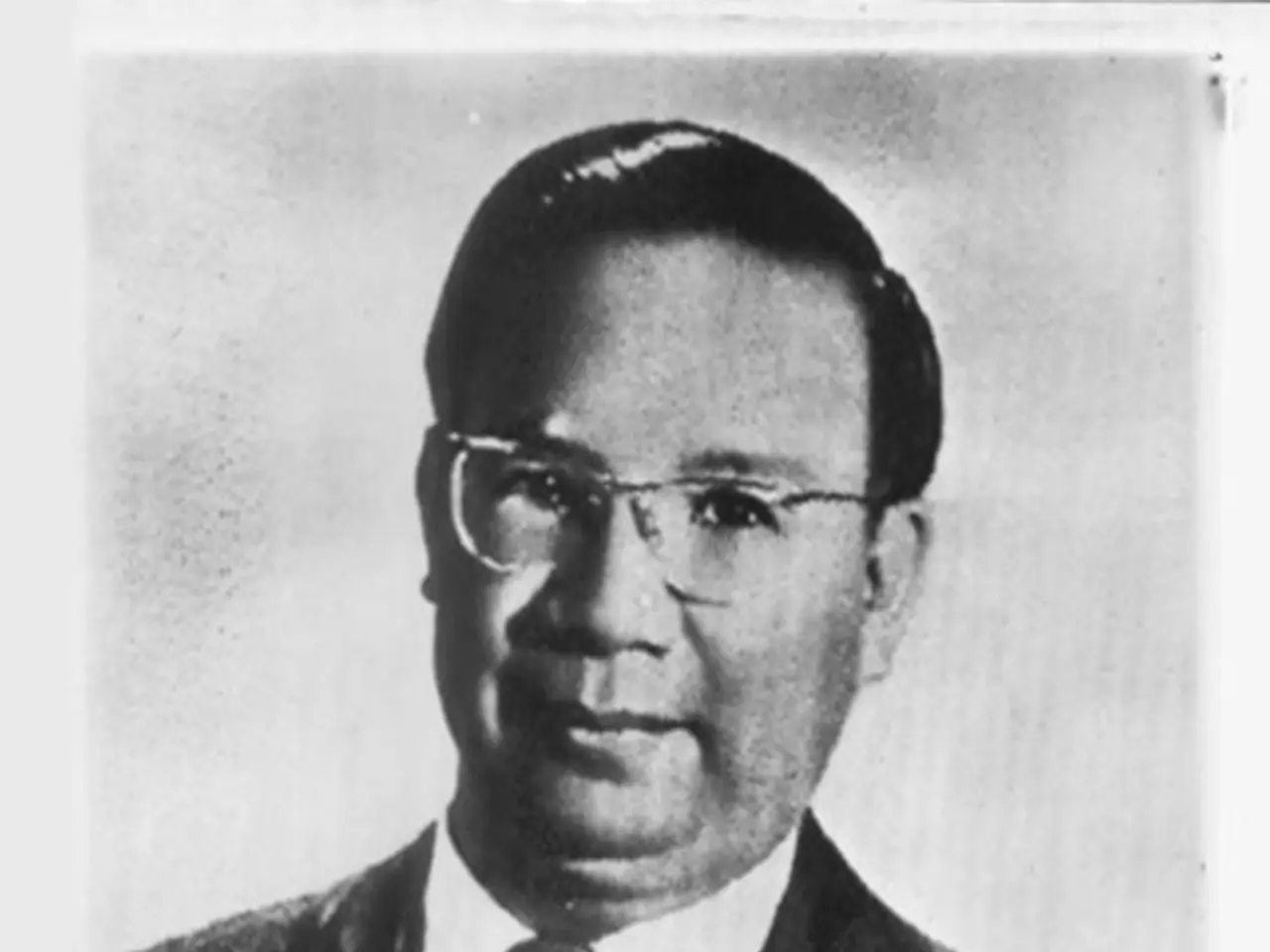Heart Transplants: Lifesaving but Challenging, With Improving Survival Rates
Heart transplants, a lifesaving procedure, face challenges like immune system rejection and varying durability. Despite these, many recipients enjoy extended lives, with over 4,000 transplants performed annually in the U.S. alone.
The most common cause of transplanted heart failure is rejection by the recipient's immune system. However, having a heart transplant can still be a viable option with improving survival rates. About half of recipients live for at least 12 years post-surgery.
Five-year mortality rates vary by age: 26.9% for 18-59 years, 29.3% for 60-69 years, and 30.8% for 70 years and older. The average lifespan of a transplanted heart is about 9.4 years, shorter than that of a transplanted kidney or liver. The longest living heart transplant patient, Sandy Shaw of the UK, received her first transplant at 27 in 1982 and her second in 2005.
Retransplantation is rare, accounting for only 2-4% of adult heart transplants. Survival rates are improving, with about 9 out of 10 individuals alive a year later. Internationally, the median survival rate is closer to 10 years, though this can differ significantly by country and medical facility.
Heart transplants, despite their challenges, offer a lifeline to many. With improving survival rates and advancements in medical care, more recipients are enjoying extended, quality lives. However, further research and innovation are needed to improve durability and predictability.
Read also:
- Impact of a Government Shutdown on Citizens
- Medical Specialist Based in Visakhapatnam
- Individuals in New York afflicted by Legionnaires' disease have legitimate legal entitlements. Here's some essential information on the matter.
- Toxic Shock Syndrome: Signs, Origins, Tampon Connection, and Further Details








